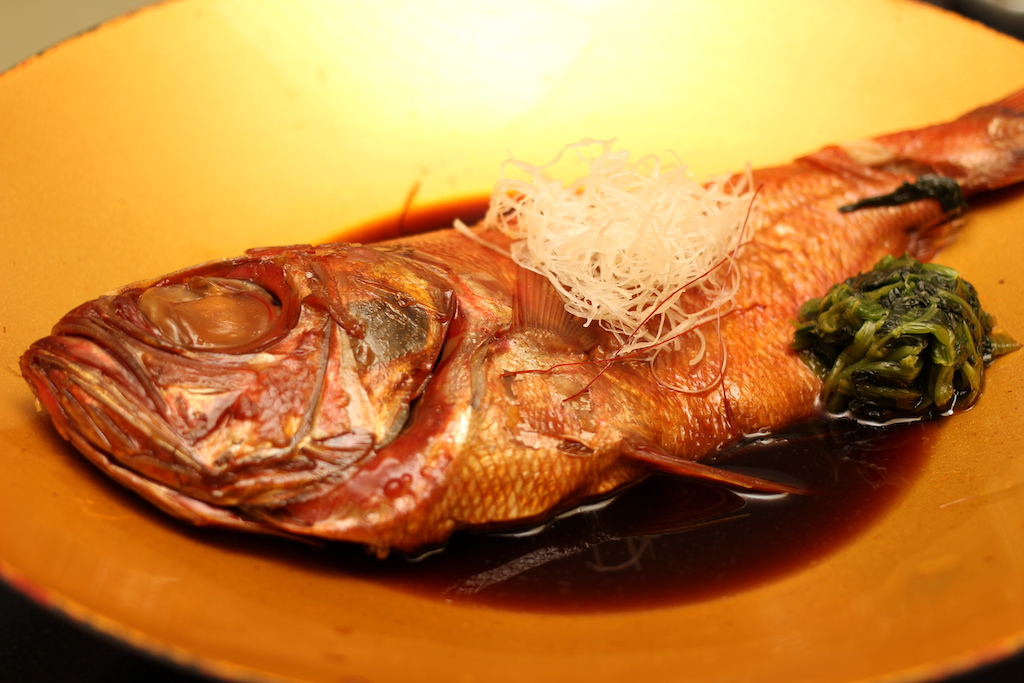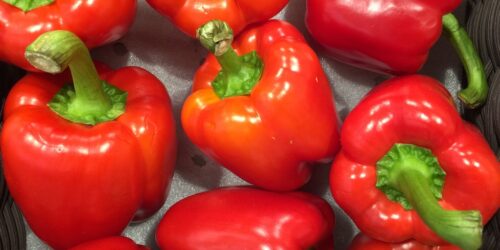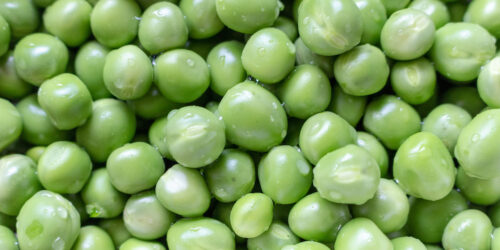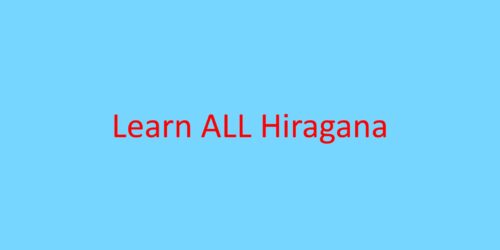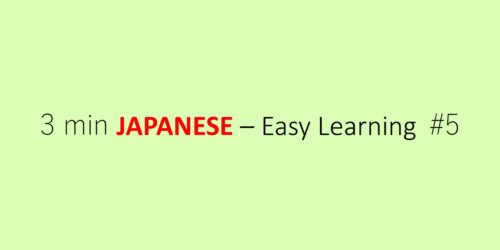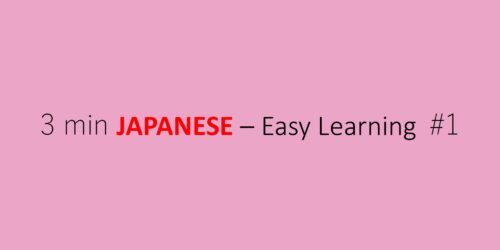31 Foods That Start with き (ki) – Learn Hiragana Characters
Let’s check the list of foods that start with “き” for here.
きーまかれー (キーマカレー) / KI-MAKARE-
It’s Japanese term for “keema curry”.
Keema means shredded or minced meat in Hindi, so キーマカレー (KI-MAKARE-) is generic term for the curry made with minced meat.
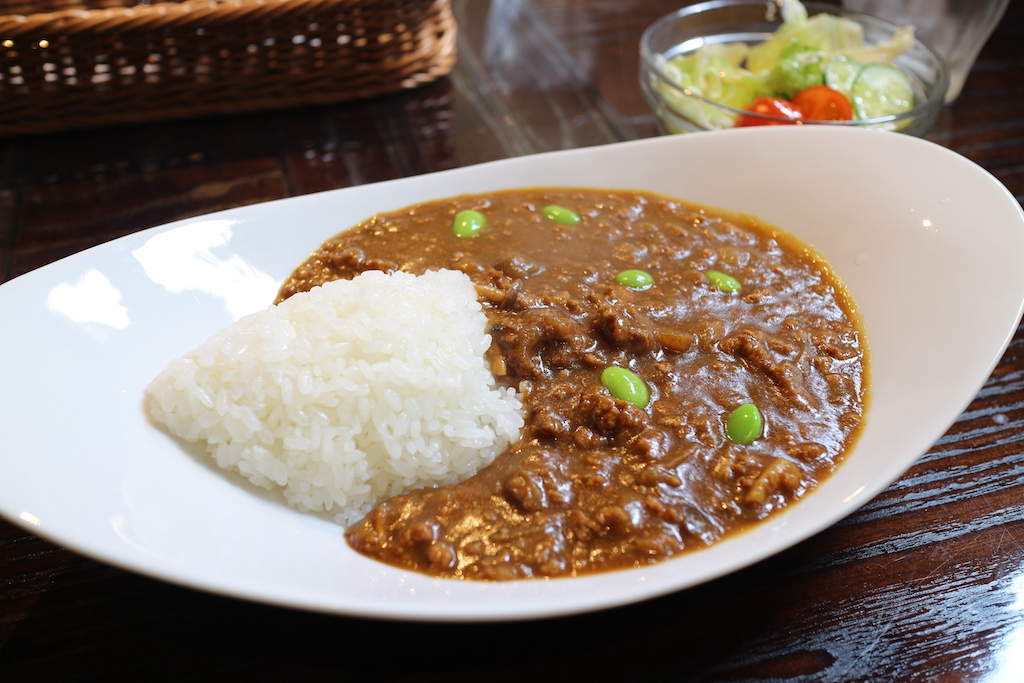
きうい (キウイ) / KIUI
It’s Japanese term for “kiwifruit”.
The way of eating kiwifruit in Japan is the same as other countries, I think. We bite as it is, put it on yogurt, etc.
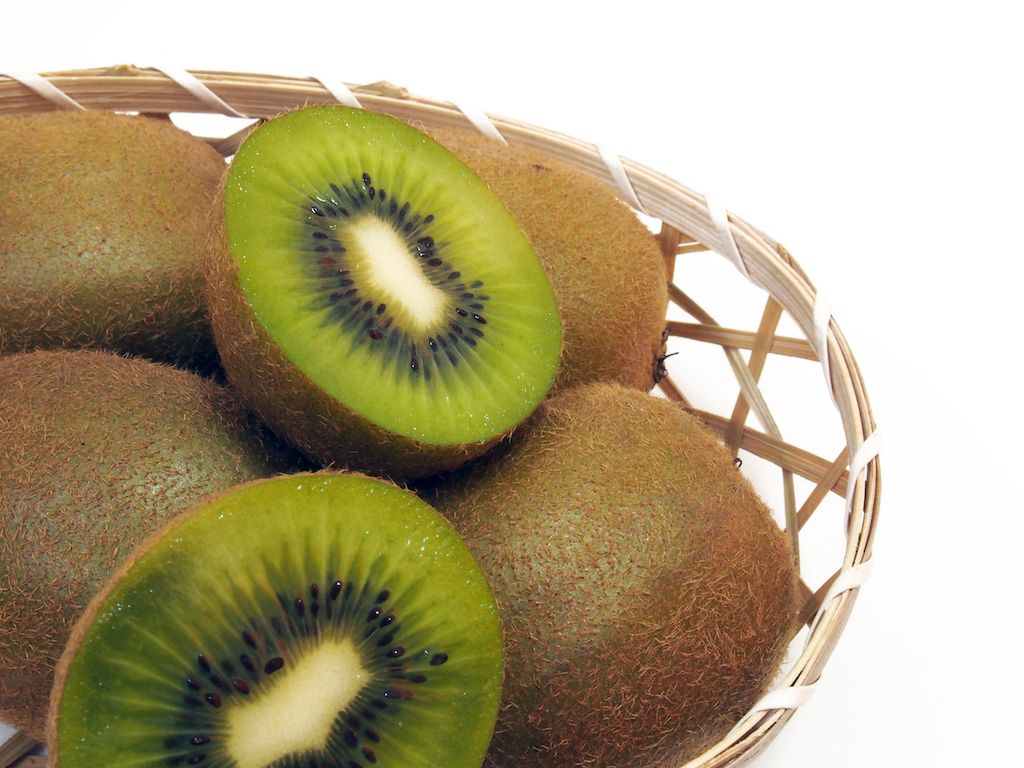
きくらげ (キクラゲ) / KIKURAGE
It’s a type of mushrooms, and mainly eaten in Asian countries.
The taste is simple and light, but the texture is very unique, with mixed chewy and crispy. You can put this mushroom in any type of dishes, for example, stir-fried dishes and soup dishes. It often used as topping for ramen (tonkotsu ramen).
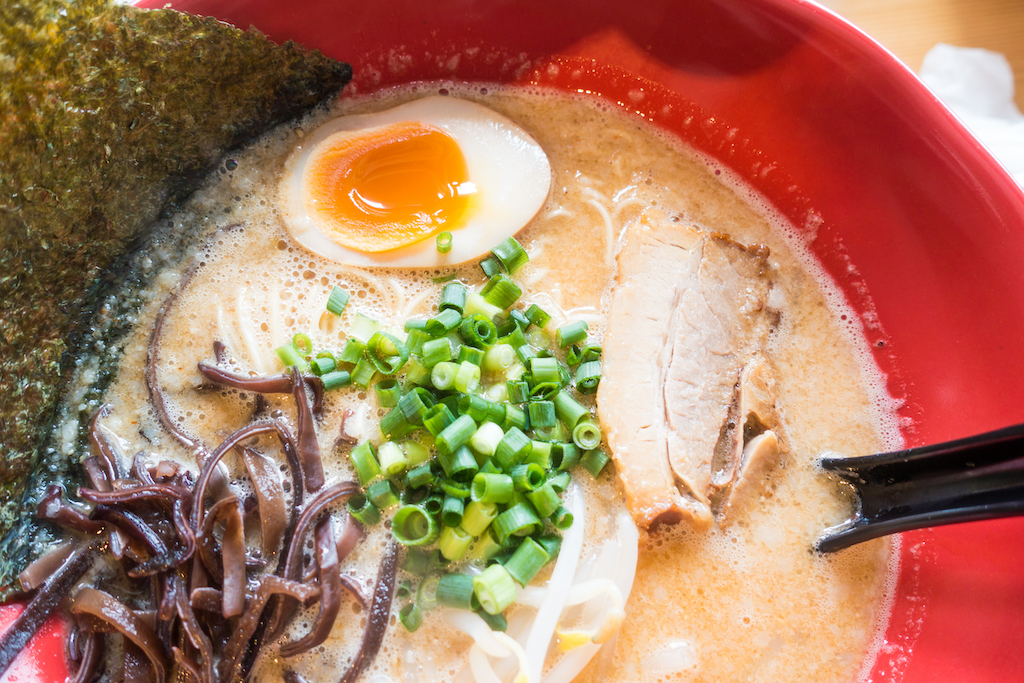
きしめん / KISHIMEN
It’s wide and thin Japanese noodles, and cooking using the noodles.
It’s also called a flat udon noodles, and the raw material and the taste are almost the same as udon. The way of eating is also the same as udon, you can eat it with mentsuyu, curry soup, miso flavor soup, etc.
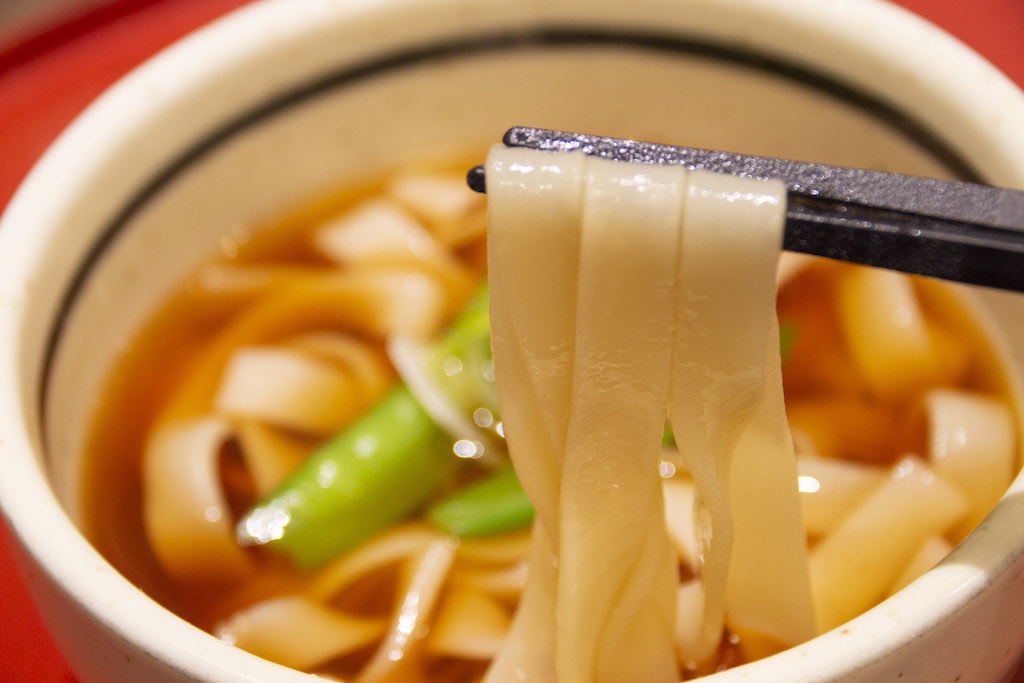
きす (鱚) / KISU
It’s any fish of genus Sillago.
It’s popular as a target fish for fishing. The taste is good with a little fat and soft white meat. Grilled kisu with salt, sashimi, tempura, and deep-fried dishes are popular ways to eat it.
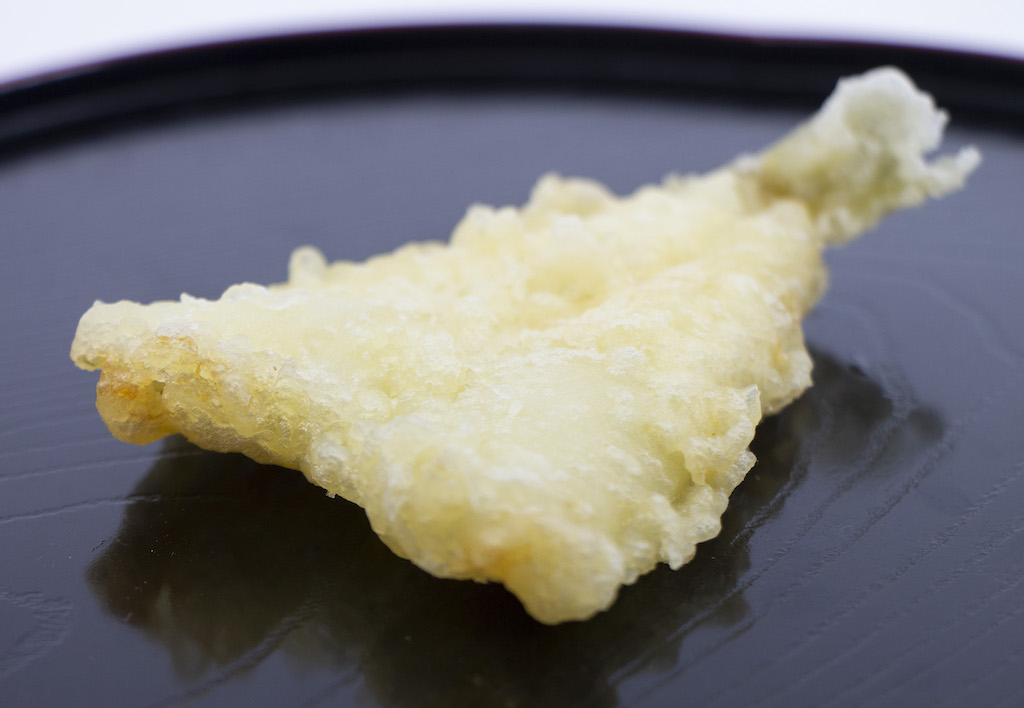
きっしゅ (キッシュ) / KISSHU
It’s Japanese term for “quiche”.
It’s not that familiar dish in Japan, but you can eat it in some places in Japan which is just like the one eaten in all over the world.
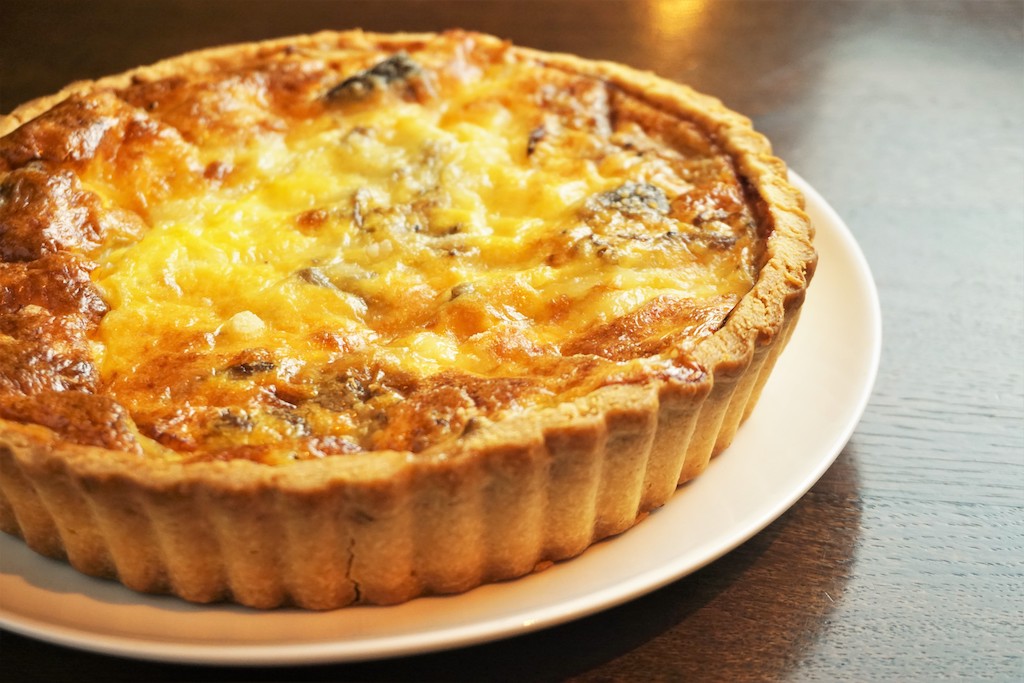
きつねうどん / KITSUNEUDON
It’s a name of dish, udon noodles with thinly sliced deep-fried tofu. The deep-fried tofu has to be simmered in sweet-salty sauce made of soy sauce, sugar, and mirin. The juicy, strong taste of deep-fried tofu matches so well with udon noodles.
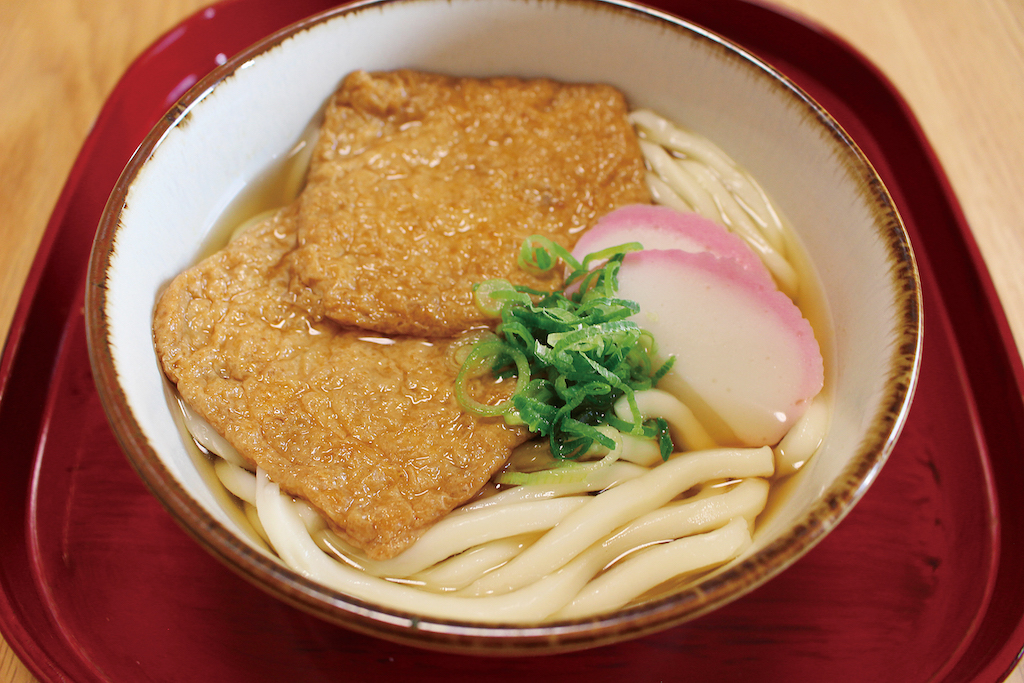
きなこ (きな粉) / KINAKO
It’s a powder of roasted soybeans.
By heating soybeans, it reduces toxic substances, and removes the unique smell of soybeans. So, having きな粉 (KINAKO) is much easier to intake soy nutrients. It’s usually eaten with mochi and yogurt. The powder itself is not sweet at all, so it’s often sweetened with sugar or honey.
What Is Kinako and How Is It Used?
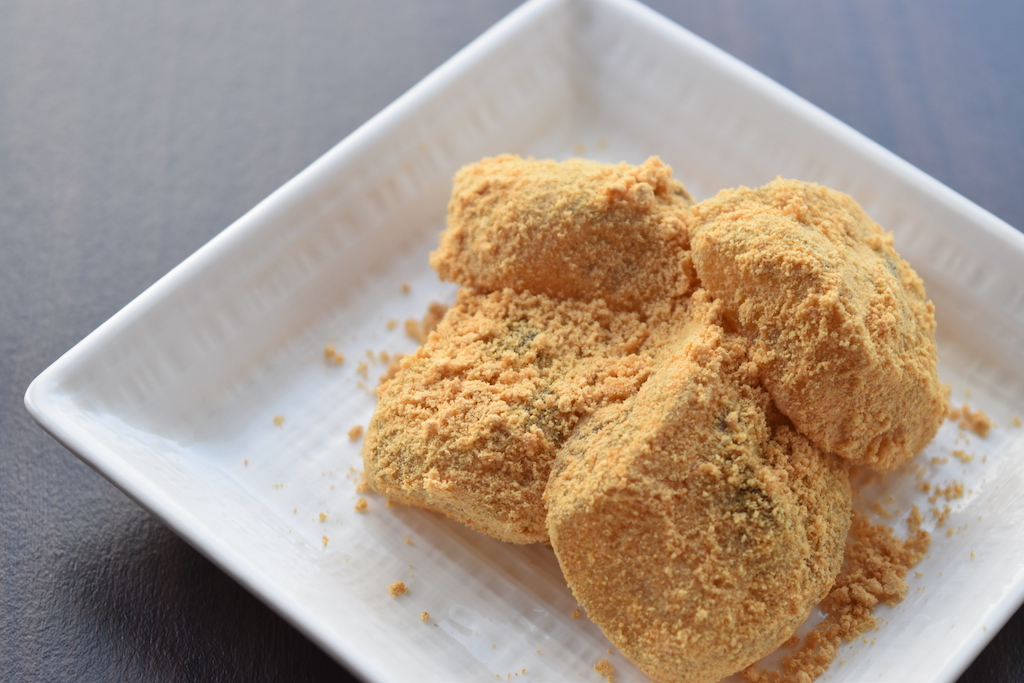
きぬごしどうふ (絹ごし豆腐) / KINUGOSHIDOFU
It’s a type of tofu products, silken tofu (soft tofu).
Japanese tofu is generally divided into 絹ごし豆腐 (kinugoshi-tofu) and 木綿豆腐 (momen-tofu). 絹ごし豆腐 (KINUGOSHI-TOFU) has much smoother texture than momen-tofu, and easy to collapse. It’s because there is a difference in how tofu is hardened.
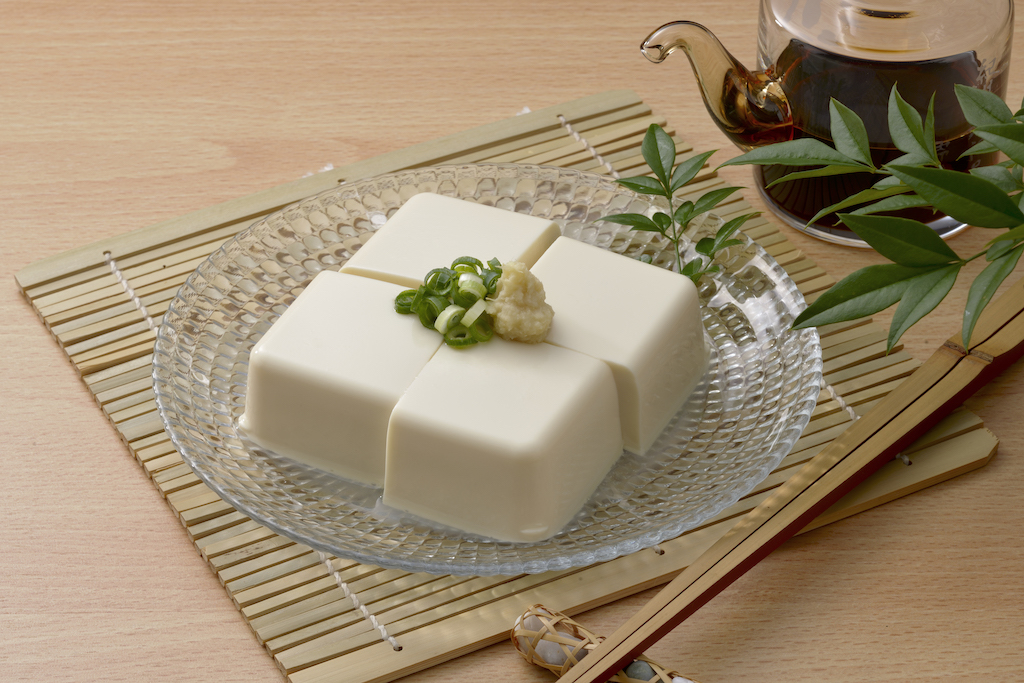
きぬさや (絹さや) / KINUSAYA
It’s Japanese term for “snow pea (edible-pod pea)”.
You can eat young peas pods, and they are used as an ingredient for stir-fried dishes and miso soup in Japan. Since it has bright, beautiful green color, people often use it to improve the color of simmered dishes, scattered sushi, etc.
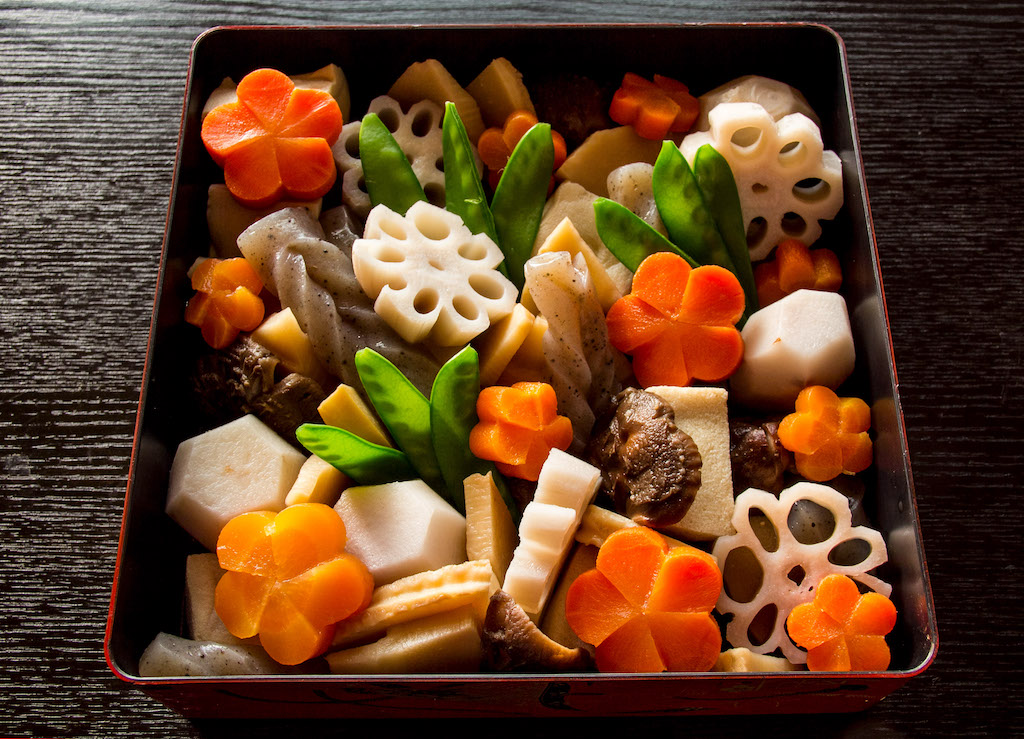
きみ (黄身) / KIMI
It’s Japanese term for “yolk”.
As you may know, egg yolk is often used when making sweets such as cookies and ice cream. In Japan, it’s also used as topping for various dishes, for example, oyako-don (chicken and egg bowl) and noodle dishes.
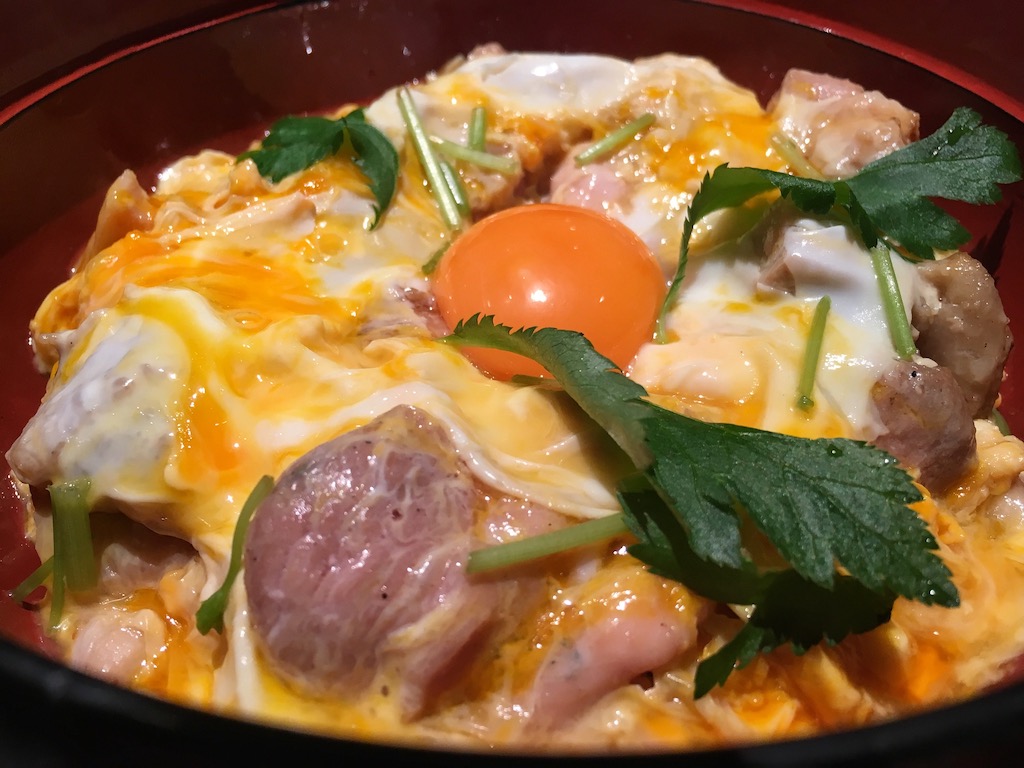
きむち (キムチ) / KIMUCHI
It’s Japanese term for “kimchi”, pickles made of vegetables such as Chinese cabbage.
The main ingredients of the marinate sauce are red peppers, salt, shiokara (salted and fermented seafood), and garlic. It’s generally spicy, and sometimes sour due to fermentation.

きもすい (肝吸い) / KIMOSUI
It’s a soup with internal organs of eel, and often served with a eel rice box. The Japanese term “肝 (KIMO)” means liver, but it actually uses stomach, kidney, and some part of the intestine of eel. Those organs don’t taste so much, but there is a big part to enjoy the texture and flavor of the soup.
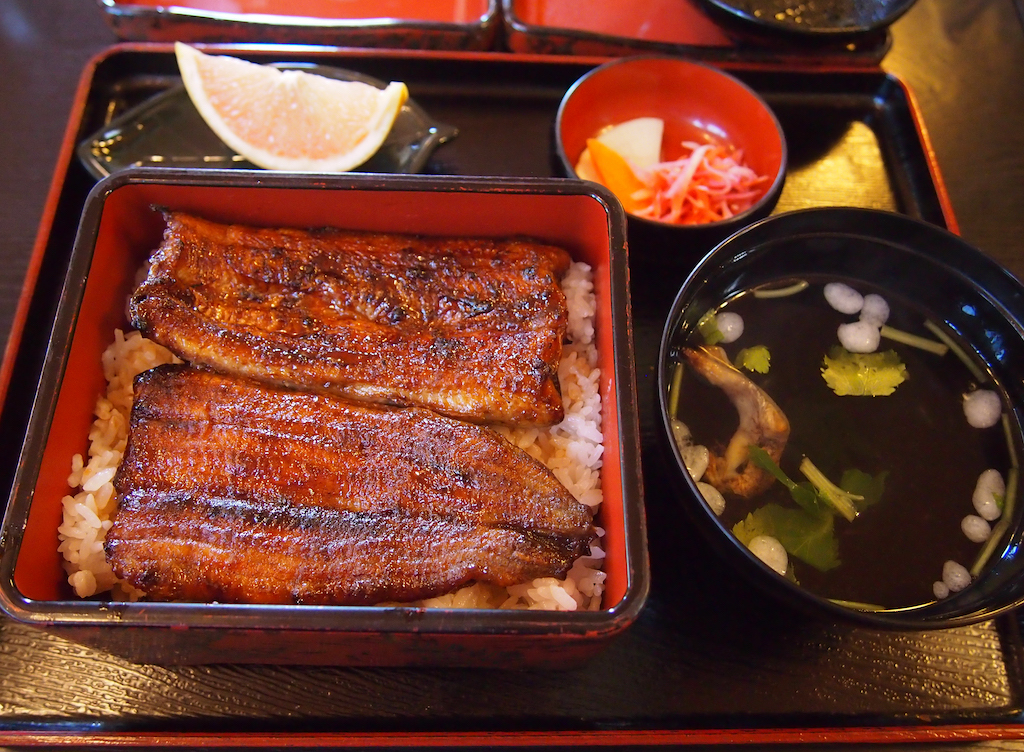
きゃびあ (キャビア) / KYABIA
It’s Japanese term for “caviar”.
As you may know, it’s salted sturgeon ovary, and expensive ingredient served in hors d’oeuvres, etc.

きゃべつ (キャベツ) / KYABETSU
It’s Japanese term for “cabbage”.
It’s definitely all-purpose vegetable. Shredded raw cabbage is often used for salad and side dish for deep-fried dishes such as tonkatsu. It’s also delicious using it in stir-fried dishes, soup, pickles, okonomiyaki etc.

きゃらぶき / KYARABUKI
It’s Japanese butterbur simmered in soy sauce, sake, sugar, and mirin.
Butterbur itself tastes a little bitter, and its texture is stringy. So, simmering well with strong taste of the sauce is really important, and it makes the vegetable even more delicious.
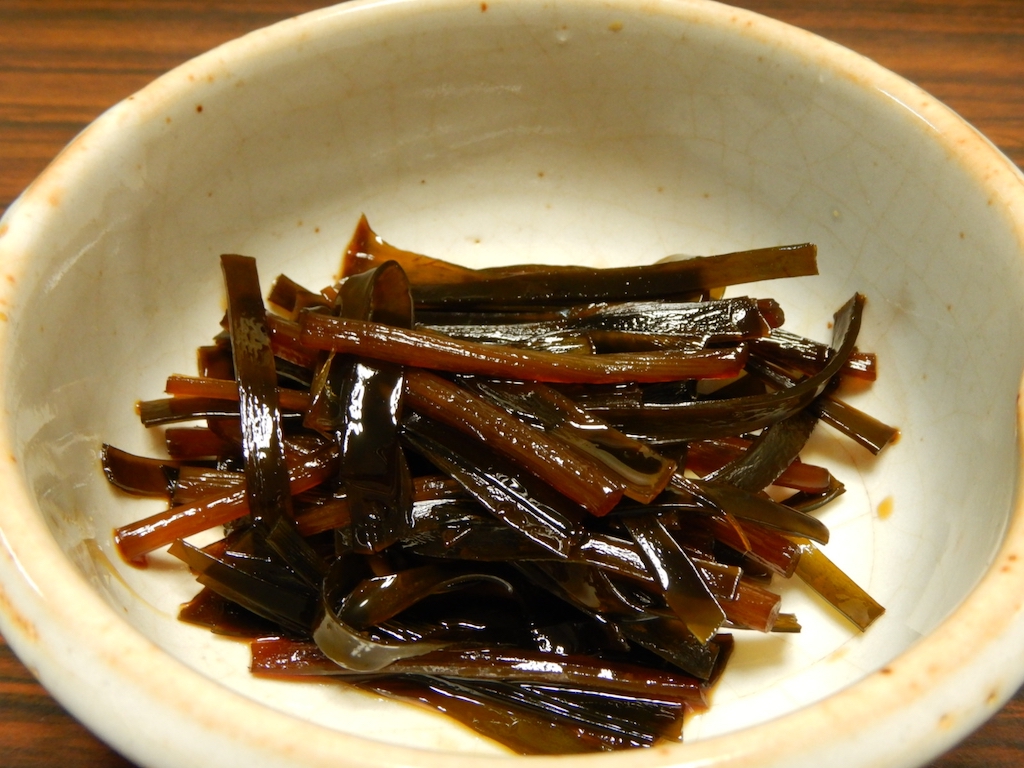
きゃらめる (キャラメル) / KYARAMERU
It’s Japanese term for “caramel”.
It sometimes has the same meaning as the one in English, caramel as the flavoring or topping for some sweets such as ice cream and custard.
In Japan, sometimes it also refers to soft candy (chewy candy) made by boiling down sugar and milk.

ぎゅうたん (牛タン) / GYUTAN
It’s Japanese term for “beef tongue”.
You often see this menu at Japanese-style barbecue restaurants (yakiniku). Charcoal-grilled beef tongue is very tasty, and eating it with lemon sauce is popular way to eat.
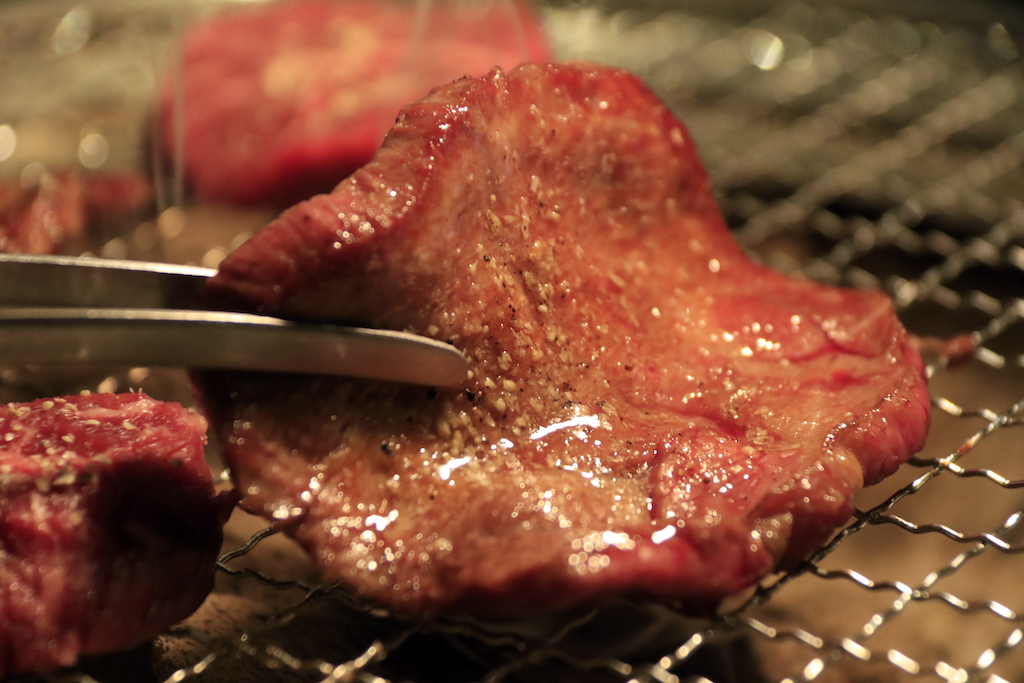
ぎゅうどん (牛丼) / GYUDON
It’s one of the most popular Japanese bowl dish, beef bowl.
This is a bowl of rice topped with cooked beef and onions. Beef is cooked with sweet-salty sauce made of soy sauce, white wine, mirin, ginger, etc. There are beef bowl specialty shops (chain restaurant) all over Japan.
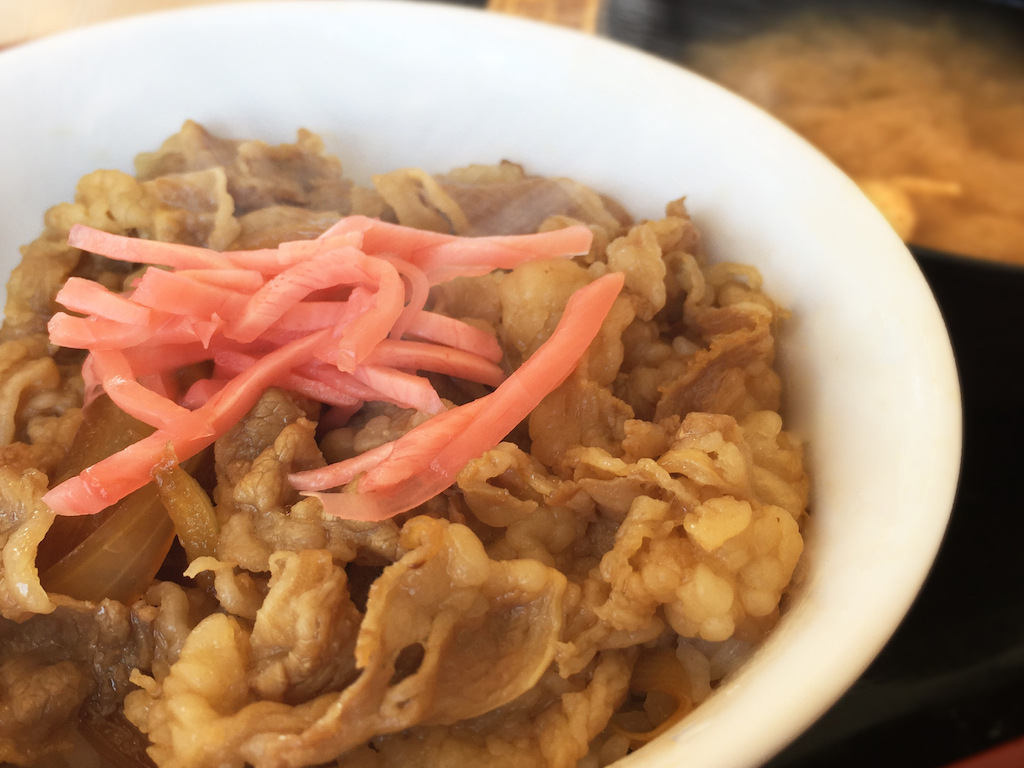
きゅうり (胡瓜) / KYURI
It’s Japanese term for “cucumber”.
The feature of a Japanese cucumber is that it is thin. It’s used as salad material, pickles, and toppings for various dishes. Basically people eat it raw.
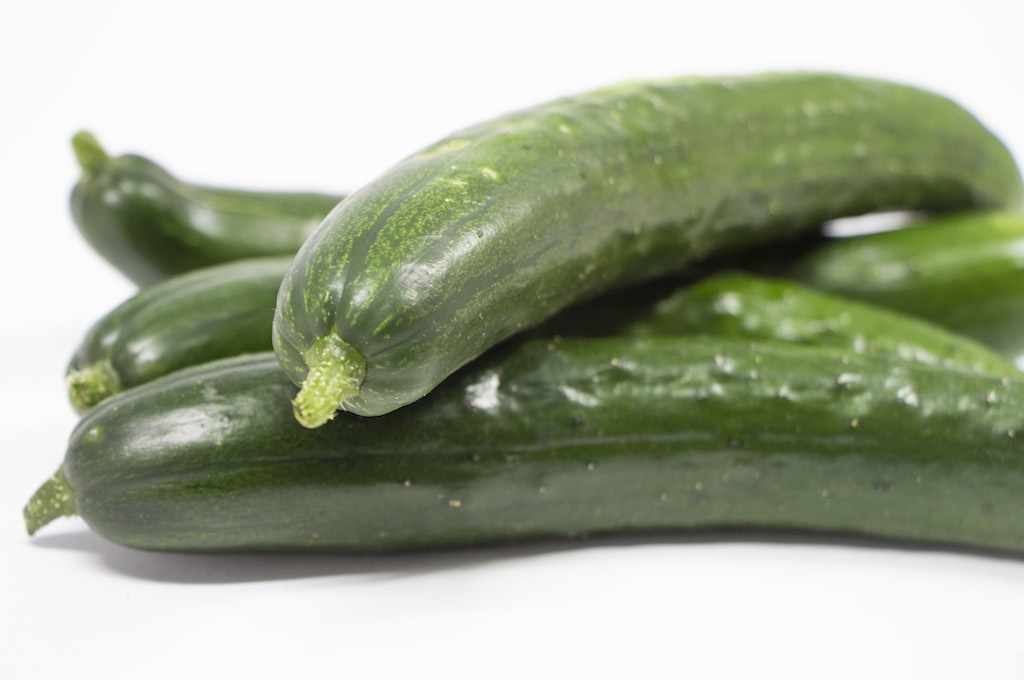
ぎょうざ (餃子) / GYOZA
It’s Japanese term for “dumpling”.
The gyoza filling contains Chinese cabbage, Chinese chive, garlic, pork, etc. But, there are a variety of recipes for gyoza, and you can put anything. Usually it’s eaten with the sauce made of soy sauce, vinegar, and chili oil.
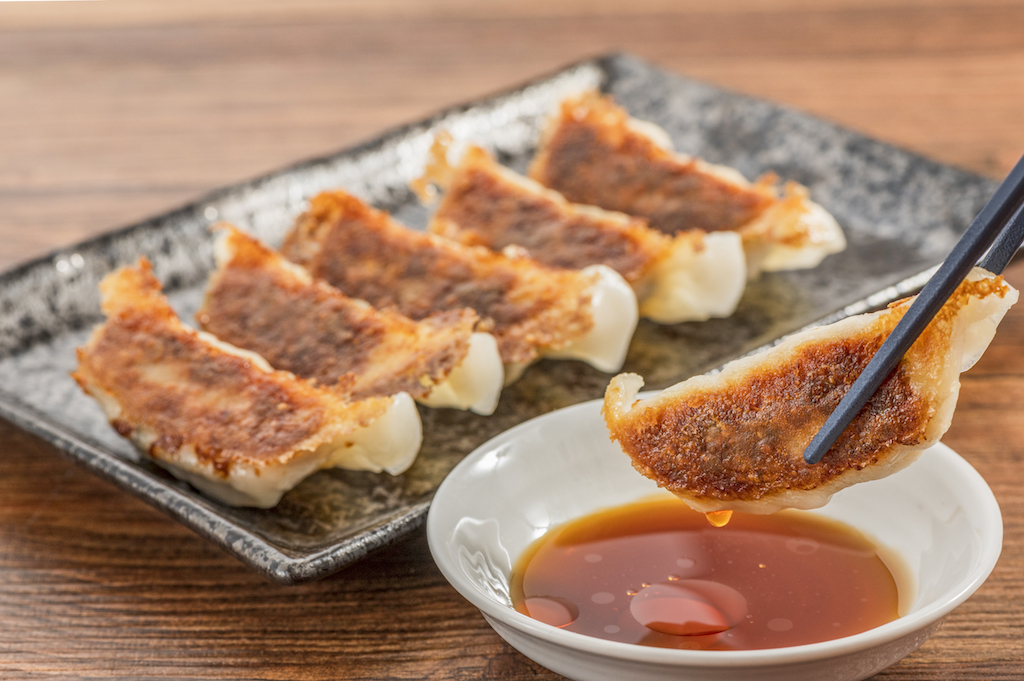
きりたんぽ / KIRITANPO
It’s mashed rice pressed on a cryptomeria skewer and toasted.
This is well-known local food of Akita prefecture. People eat this bar as it is putting miso sauce, etc. And it’s often put in a stew made of chicken stock.
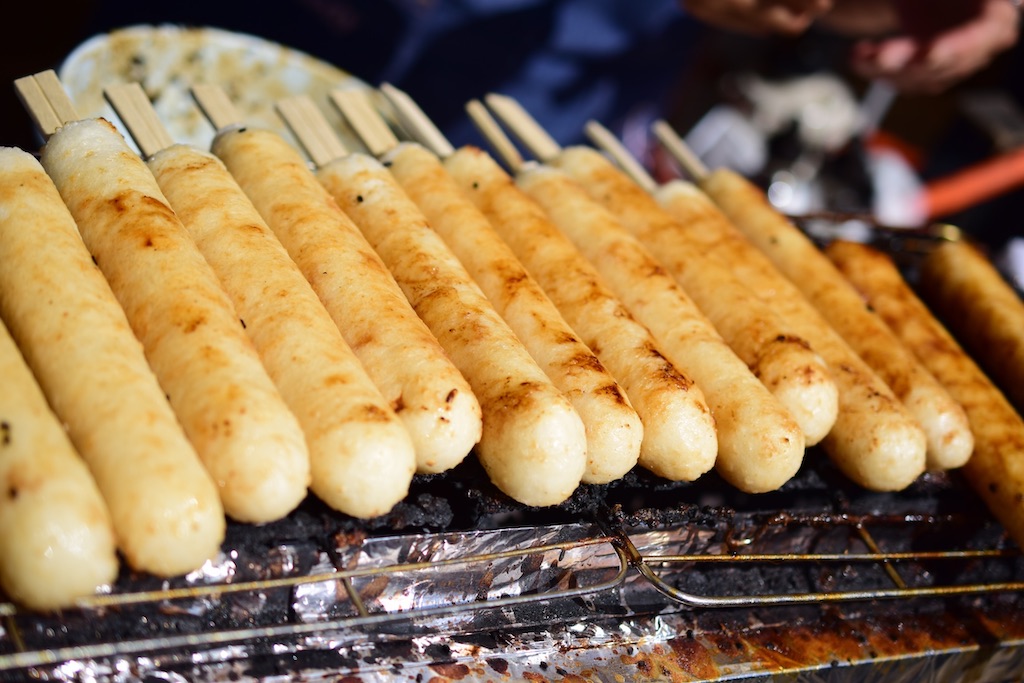
きりぼしだいこん (切り干し大根) / KIRIBOSHIDAIKON
It’s dried daikon (radish) strips.
By drying daikon so well, it gets long shelf-life, and becomes even more nutritious. You need to rehydrate it with water before eating, and usually people make simmered 切り干し大根 (KIRIBOSHIDAIKON) with soy sauce based sauce. You can also make a salad with it.
Spicy Kiriboshi Daikon (Dried Daikon Strips) Salad Recipe
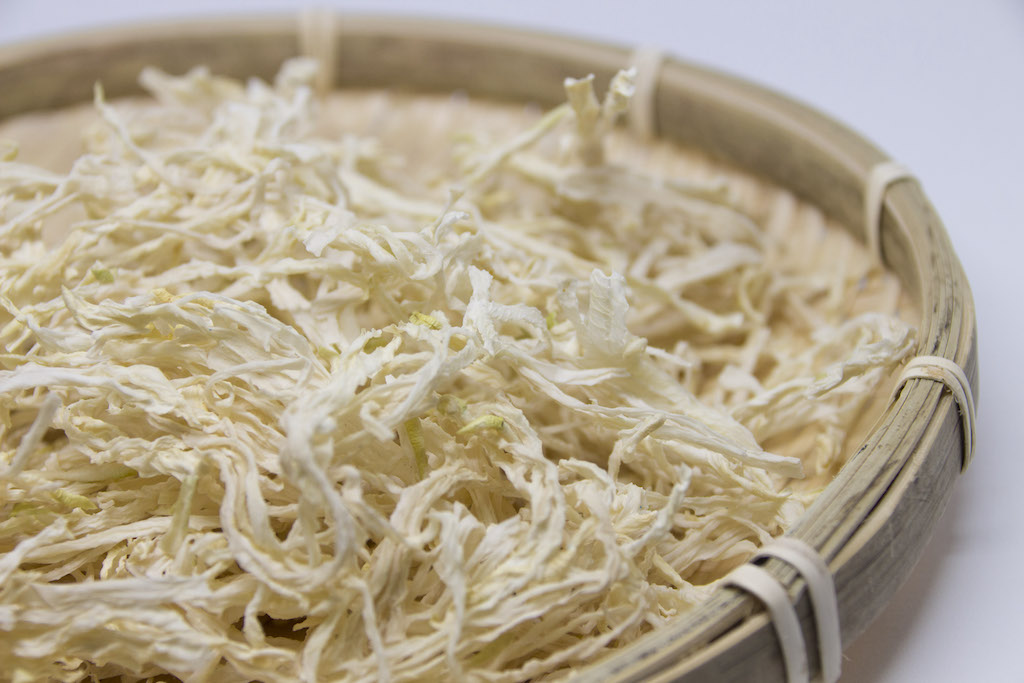
きんかん (金柑) / KINKAN
It’s Japanese term for “kumquat”.
The fruits are small and sweet and sour. A bittersweet aftertaste remains. People usually eat it with the pericarp on, and often simmered in sweet sauce.
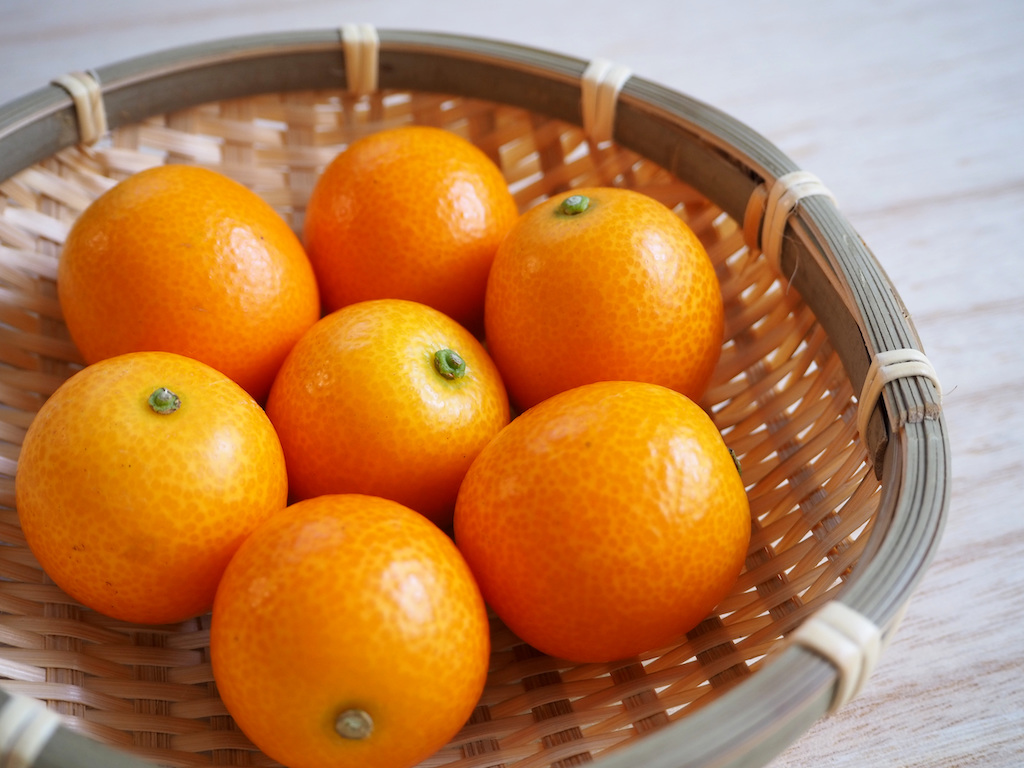
きんしたまご (錦糸卵) / KINSHITAMAGO
It’s thin omelette cut into strips.
This shredded baked egg is not a dish in itself, but often used as an ingredient for scattered sushi (chirashi-sushi) and cold ramen salad (hiyashi-chuka).

きんたろうあめ (金太郎飴) / KINTAROAME
It’s a cylindrical candy made so that Kintaro’s face appears wherever it is sliced. Sometimes this can be generic term for a candy with the same cut.

きんつば / KINTSUBA
It’s a traditional Japanese sweets, sweetened beans wrapped in wheat-flour dough. Although there are several different shapes of it nowadays, the traditional one is in the shape of a sword guard which is called “tsuba”. Tsuba refers to a round or squarish guard at the end of the grip of bladed Japanese weapons.
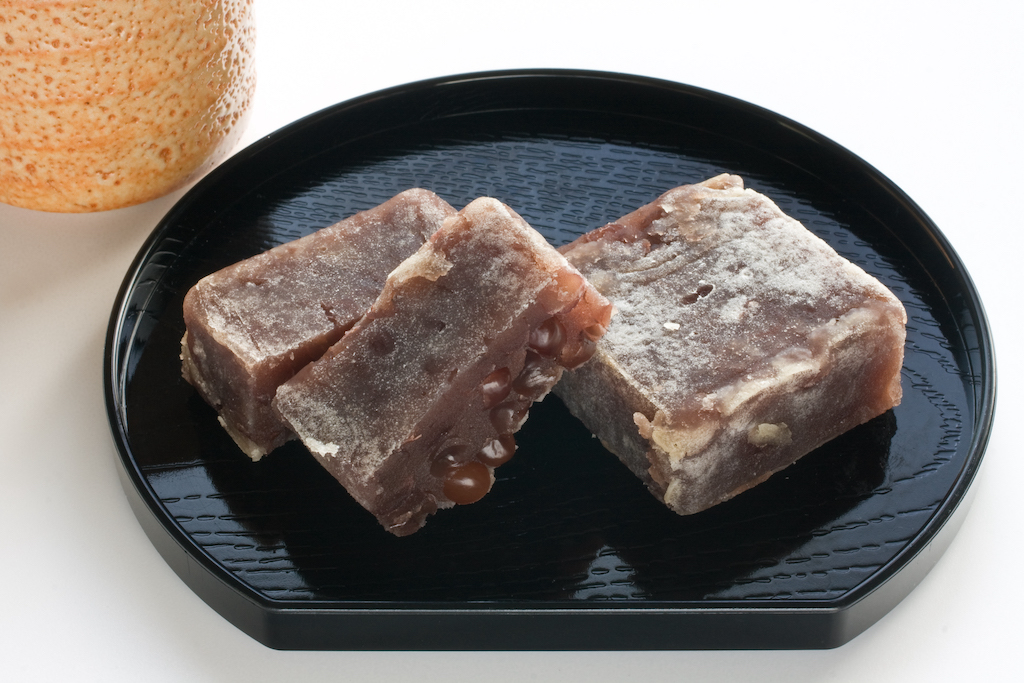
きんときまめ (金時豆) / KINTOKIMAME
It’s Japanese term for “red kidney bean”.
We often call red kidney bean “赤いんげん豆 (AKA INGEN MAME)”, but you can use this term too.
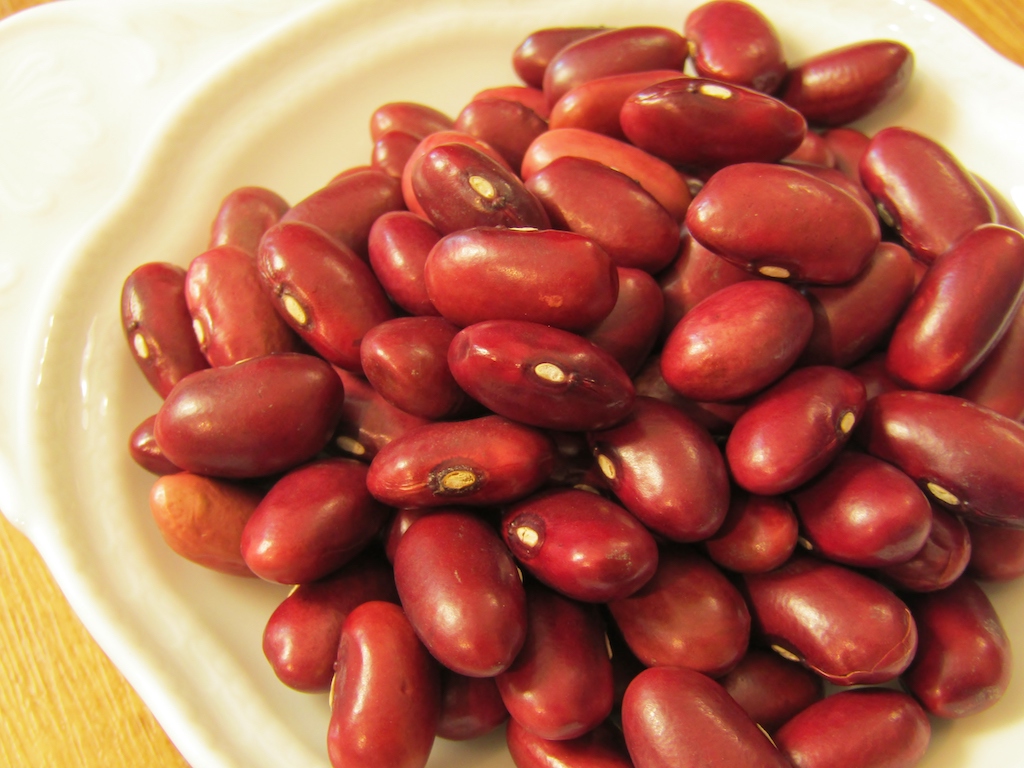
ぎんなん (銀杏) / GINNAN
It’s Japanese term for “ginkgo nut”.
It’s a seed of maidenhair tree, and eaten as an ingredient in some dishes, for example, grilled chicken skewers (yakitori) and steamed egg custard (chawanmushi).
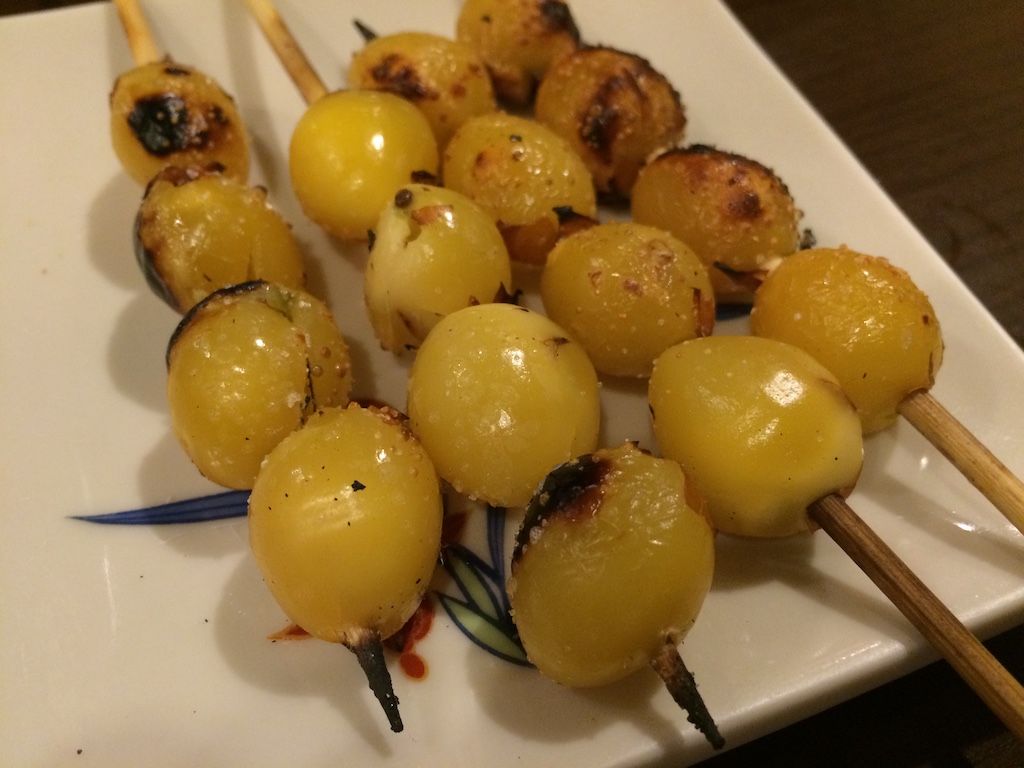
きんぴらごぼう / KINPIRAGOBO
It’s a Japanese dish using burdock root, shredded burdock simmered in soy sauce, sake, sugar, mirin, and dashi.
This is one of the most popular burdock dish, and often put in bento box too.
What Is Gobo and How Is It Used?
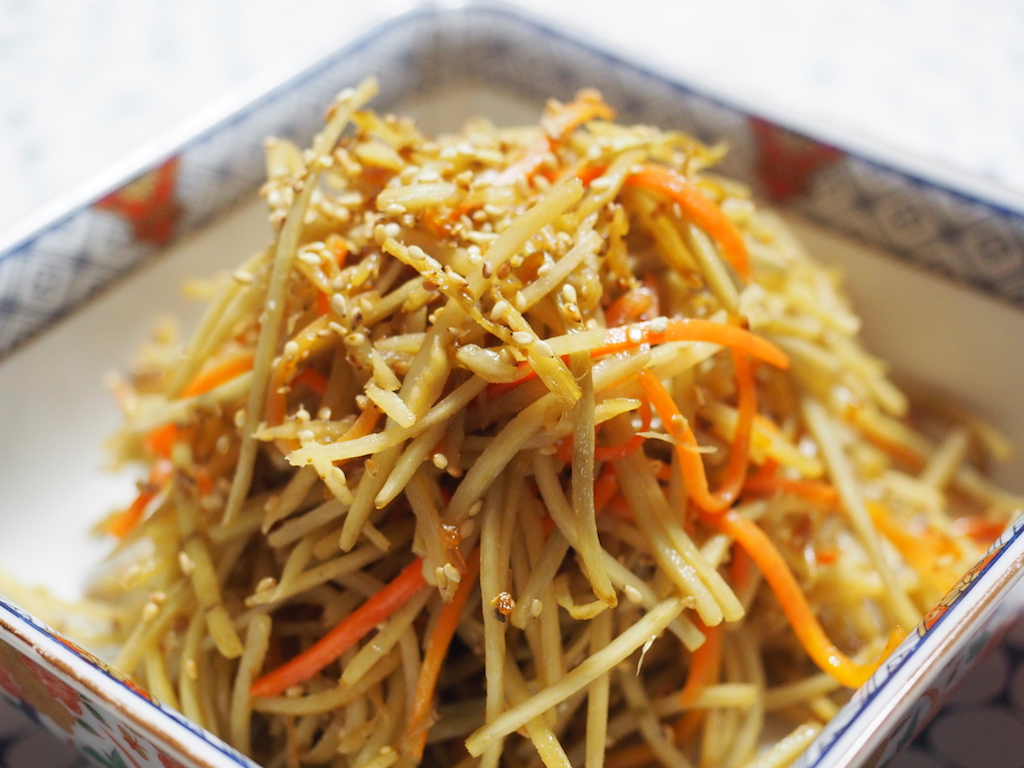
きんめだい (金目鯛) / KINMEDAI
It’s a type of deep sea fish, beryx splendens.
In Japanese, it literally means “golden eye snapper”. Izu, Shizuoka prefecture in Japan is famous place for this fish, and you will often see simmered 金目鯛 (KINMEDAI) at ryokan around this area.
